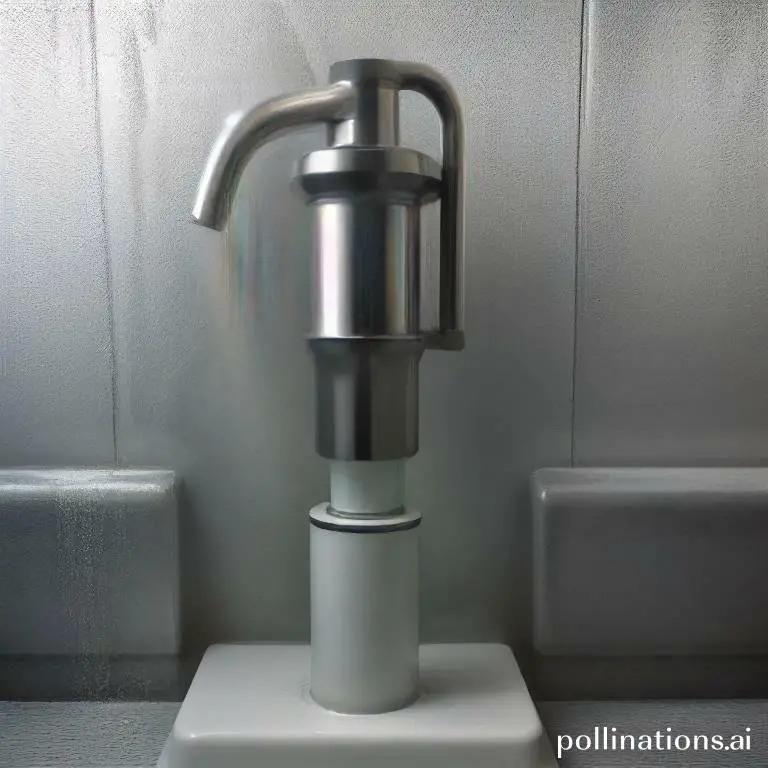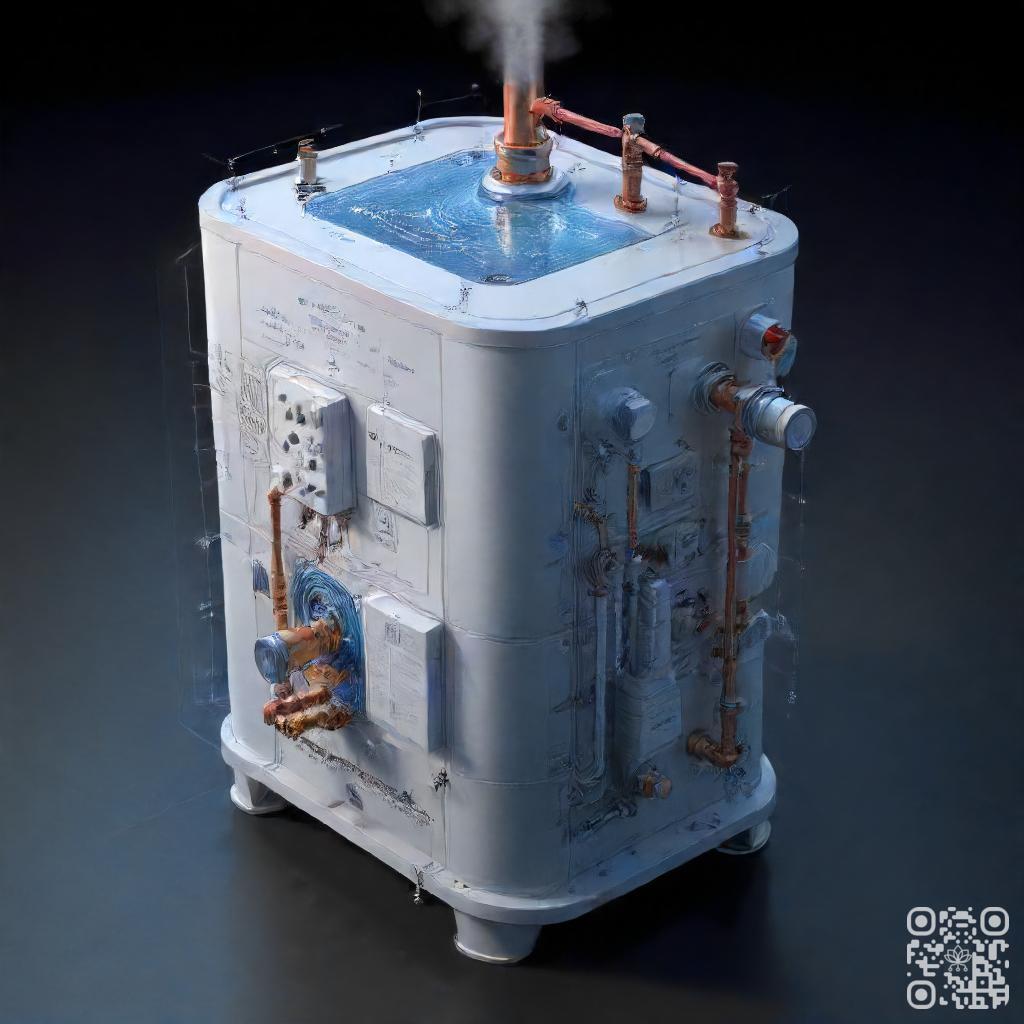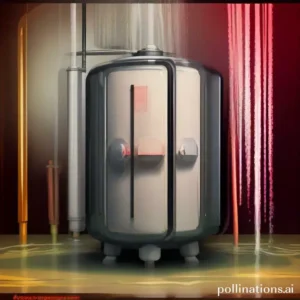
II. Regular flushing helps to remove sediment buildup and prolong the lifespan of the unit.
III. Proper flushing techniques and schedules vary depending on the specific make and model of the water heater, so consult the manufacturer’s instructions or a professional plumber for guidance.
Flushing your water heater regularly is crucial to maintain its efficiency and prolong its lifespan. With our step-by-step guide, you will learn how to effectively flush your hybrid system, ensuring optimal performance and preventing any potential issues.
Say goodbye to costly repairs and hello to a well-functioning water heater system. Let’s get started!
Why Flush Your Hybrid Tank-Tankless Water Heater?
Regularly flushing your hybrid tank-tankless water heater is crucial for maintaining its efficiency, performance, and lifespan. By preventing sediment buildup, you can ensure that your system operates optimally and continues to provide hot water effectively.
1. Preventing Sediment Buildup
Sediment, such as minerals and debris, can accumulate inside your water heater over time. This buildup can lead to decreased efficiency and even damage to the heating elements. Flushing your heater removes this sediment, preventing clogs and ensuring smooth water flow.
For example, if you have hard water in your area, mineral deposits can quickly accumulate in the tank. Flushing the heater periodically helps eliminate these deposits and prevents potential blockages.
2. Maintaining Efficiency and Performance
A flushed water heater operates more efficiently, meaning it can heat water faster and use less energy. This can lead to cost savings on your utility bills and a reduced environmental impact.
When sediment builds up, it acts as an insulator, making it harder for the heating elements to transfer heat to the water. Flushing removes this insulating layer, allowing the heater to work at its full capacity.
3. Extending the Lifespan of Your System
Regular maintenance, including flushing, can significantly extend the lifespan of your hybrid tank-tankless water heater. By removing sediment and preventing corrosion, you can avoid premature wear and tear on the system.
Flushing also helps to remove any corrosive elements that may be present in the water supply, protecting the internal components of the heater from damage.
| Benefits of Flushing |
|---|
| Prevents sediment buildup |
| Maintains efficiency and performance |
| Extends the lifespan of your system |
Regularly flushing your hybrid tank-tankless water heater is a simple yet effective way to ensure its longevity and optimal performance. By complying with this maintenance practice, you can enjoy consistent hot water and avoid costly repairs or replacements in the future.
Tools and materials needed for DIY flushing
Flushing your system regularly is an essential maintenance task that can help prolong the lifespan of your equipment and ensure optimal performance. To successfully carry out a DIY flushing, you will need the following tools and materials:
1. Drain valve
The drain valve is a crucial component in the flushing process. It allows you to release the water from your system, effectively flushing out any impurities or sediment that may have accumulated over time. Make sure the drain valve is easily accessible and in good working condition before beginning the flushing procedure.
2. Hose
A hose is necessary to facilitate the flow of water during the flushing process. It allows you to direct the water from your system into a designated area, such as a bucket or a drain. Choose a hose that is long enough to reach your desired discharge location and ensure it is securely connected to the drain valve.
3. Bucket
A bucket is essential for collecting the water that is flushed out of your system. This allows you to visually inspect the water for any signs of sediment or impurities. Additionally, having a bucket on hand ensures that the water is properly contained and does not cause any mess or damage to your surroundings.
4. Vinegar or descaling solution
To effectively remove mineral deposits and scale buildup from your system, you will need a suitable descaling solution. Vinegar is a commonly used and readily available option that can help dissolve stubborn deposits. Alternatively, there are various commercial descaling solutions specifically formulated for flushing purposes. Follow the manufacturer’s instructions for the correct amount and dilution ratio.
5. Wrench or pliers
A wrench or pliers are necessary for safely loosening and tightening the drain valve during the flushing process. These tools provide the necessary leverage to ensure a secure connection and prevent any leaks or drips. Ensure that the wrench or pliers are the correct size and type for your specific drain valve.
Steps for DIY Flushing
Regular maintenance and flushing of your tank can help ensure its longevity and optimal performance. Follow these simple steps to effectively flush your tank and keep it running smoothly:
1. Turn off the power supply
Prior to starting the flushing process, it is crucial to turn off the power supply to the tank. This will prevent any accidents or mishaps at the same time working on the tank.
2. Turn off the water supply
Next, locate the water supply valve and turn it off. This will prevent any water from entering the tank during the flushing process.
3. Drain the tank
Open the drain valve on the tank to release any remaining water. Allow the tank to completely drain before proceeding to the next step.
4. Flush the tank with vinegar or descaling solution
Prepare a mixture of vinegar or a descaling solution with water. Pour the solution into the tank and let it sit for a in the course of. The acidic properties of vinegar or descaling solution will help remove any mineral deposits or buildup inside the tank.
Note: Ensure to follow the manufacturer’s instructions regarding the appropriate amount of vinegar or descaling solution to use.
5. Refill the tank and turn the power and water supply back on
After the flushing process, close the drain valve and refill the tank with clean water. Once the tank is filled, turn the power supply and water supply back on.

How often should you flush your hybrid tank-tankless water heater?
Regular maintenance is essential for ensuring the longevity and optimal performance of your hybrid tank-tankless water heater. Flushing the system at appropriate intervals helps prevent the buildup of sediment, mineral deposits, and other impurities that can hinder its efficiency. In this section, we will discuss the factors to consider when determining how often you should flush your water heater.
1. Manufacturer recommendations
It is crucial to follow the manufacturer’s guidelines and recommendations for flushing your hybrid tank-tankless water heater. They have designed the system and are aware of its specific requirements. Check the product manual or contact the manufacturer to obtain the recommended flushing frequency. Adhering to their instructions will help maintain the warranty validity and ensure optimal performance.
2. Frequency based on water hardness and usage
Water hardness and usage patterns play a significant role in determining how often you should flush your water heater. If you live in an area with hard water or notice a significant amount of sediment buildup, more frequent flushing may be necessary. Similarly, if your household has high water usage, flushing the system more frequently can prevent efficiency loss and extend the lifespan of the unit.
Flushing your hybrid tank-tankless water heater typically involves draining the tank and removing any accumulated sediment. It is recommended to perform this maintenance task at least once a year. Although, if your water heater experiences heavy usage or if the water hardness is high, flushing every six months may be more appropriate.
Table: Factors to consider for flushing frequency
| Factors | Flush Frequency |
|---|---|
| Manufacturer recommendations | Varies based on specific model |
| Water hardness | Once a year or every six months |
| Water usage | Once a year or every six months |

Troubleshooting Tips for DIY Flushing
1. Low Water Pressure
Low water pressure during flushing can be a frustrating issue. Fortunately, there are several troubleshooting steps you can take to address this problem:
- Check the water supply: Ensure that the main water supply valve is fully open. If it is partially closed, it can restrict the flow of water and result in low water pressure.
- Inspect the fill valve: The fill valve is responsible for regulating the water level in the toilet tank. If it is not functioning correctly, it can lead to low water pressure. Check for any debris or mineral deposits that may be blocking the valve and clean it if necessary.
- Check for leaks: A leak in the toilet’s water supply line can also cause low water pressure. Inspect the supply line for any signs of leaks or damage. If you find a leak, tighten the connections or replace the supply line if necessary.
2. Strange Noises
If you are hearing strange noises during flushing, it could indicate a problem with the flushing mechanism. Here are some troubleshooting tips to address this issue:
- Check the flush valve: The flush valve is responsible for releasing water from the toilet tank into the bowl. If it is not sealing properly, it can cause strange noises. Inspect the flush valve for any signs of damage or wear and replace it if necessary.
- Inspect the flapper: The flapper is a rubber valve that controls the flow of water from the tank to the bowl. If it is worn or damaged, it can cause strange noises. Check the flapper for any signs of wear and replace it if needed.
- Check the water level: An incorrect water level in the toilet tank can also cause strange noises during flushing. Adjust the water level to the recommended mark on the overflow tube using the water level adjustment screw.
3. Leaks
Dealing with leaks during flushing can help prevent water wastage and potential damage to your bathroom. Follow these troubleshooting tips to address leaks:
- Check the tank bolts: The tank bolts secure the toilet tank to the bowl. If they are loose or damaged, it can cause leaks. Tighten the tank bolts or replace them if necessary.
- Inspect the wax ring: The wax ring creates a watertight seal between the toilet flange and the base of the toilet. If it is worn or damaged, it can cause leaks. Replace the wax ring if you notice any signs of wear or damage.
- Check the water supply line: A leak in the water supply line can also cause leaks during flushing. Inspect the supply line for any signs of leaks or damage. Tighten the connections or replace the supply line if needed.
Bottom Line
DIY flushing for hybrid tank-tankless water heater systems is a simple and effective way to maintain the efficiency and longevity of your system. Regular flushing can prevent sediment buildup, improve water quality, and reduce energy costs. Indispensable to follow manufacturer instructions and safety precautions when flushing your system, and to consult a professional if you encounter any issues or concerns.
By taking the time to flush your hybrid tank-tankless water heater system, you can ensure that it continues to provide reliable and efficient hot water for years to come. With a little effort and attention, you can save money, reduce your environmental impact, and enjoy the many benefits of a well-maintained water heating system.
Read More:
1. How To Flush A Water Heater With A Water Softener?
2. Diy Flushing For Improved Water Heater Insulation











